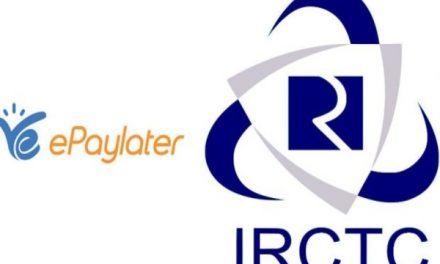By March 5, HDFC revised its retail prime lending rate by 5 basis points. However, Bank of Baroda’s home loan rates starts at 8%.
Good News for those who are looking for Home Loan, Bank of Baroda and HDFC both state-owned Bank has lowered interest rates on their home loans marginally. Though these two lenders have reduced rates, other banks may not follow suit at least until April, according to experts.
To bring down rates of new customers, Bank of Baroda has lowered the mark-up it charges on the external benchmark. For home loans, the bank was charging a spread of 300 basis points (bps) above the repo rate, which is 5.15% at present. The lowest interest on a home loan was, therefore 8.15%. It has brought down the spread by 15 bps, which is now at 285 bps. New home loan rates start at 8% from 1 March. One basis point is one-hundredth of a percentage point.
Bank of Baroda was able to lower the mark-up on the repo rate as its cost of funds came down. “Based on the December data, we reviewed our cost of funds. As it was lower, we passed the benefit to the borrowers. We do this review every quarter,” said Virendra Kumar Sethi, head, mortgages and other retail assets, Bank of Baroda.
On 5 March, HDFC Limited revised its retail prime lending rate by 5 basis points (bps). The lender’s retail prime lending rate is at 16.6%, according to its website. In an intimation to stock exchanged, the housing finance company (HFC) said that the change will be effective on 9 March 2020 and benefits all existing retail home loan customers. The lowest home loan rate for HDFC is now at 8%, according to its website.
OTHER LENDERS MAY NOT FOLLOW
HDFC is one of the biggest lenders in the home loan segment. Bank of Baroda has been aggressively growing its home loan book in recent years. Despite them cutting rates, other lenders may not follow, according to experts. “Most banks have priced their loans aggressively. State Bank of India (SBI), which is the biggest lender in the retail home segment, already has the lowest rate at 7.95%. Interest rates from many other public sector banks are close to it,” said Gaurav Gupta, co-founder and CEO, MyLoanCare.in.
The home loan rates for Bank of India, Canara Bank, Central Bank of India and Punjab National Bank are 8.0%, 8.05%, 8.0% and 7.95% respectively, according to banks’ websites. Among the housing finance companies, HDFC’s home loan rate is the most competitively priced among HFCs.
Others agree with Gupta. “As the rates are already aggressive, we are seeing that lenders are giving discounts on processing fees to lure customers. At least until April, we don’t believe there would be any meaningful revision of rates by other lenders,” said Aditya Mishra, founder and CEO, Switch.in, a platform that helps borrowers shift their home loans to other financial institutions.
STIFF COMPETITION
In its sixth bi-monthly meeting for FY20 held on 6 February, Reserve Bank of India did not change rates. Instead, the banking regulator introduced long-term repo operations (LTRO) under which banks could receive cheaper long-term funds. It also announced the relaxation of cash reserve ratio (CRR) requirements for home and auto loans and loans to Micro, Small & Medium Enterprises (MSME). These two combined moves are expected to lower the cost of funds for banks, which they are expected to pass on to new as well as old borrowers.
Experts say that while this is one of the reasons for banks to lower rates, it’s also due to fierce competition. “Bank of Baroda is matching its lowest rate to that of SBI, which has the most competitive rate in the industry. But as Bank of Baroda is still not a significant player compared to SBI in the home loan segment. The latter, therefore, won’t face any pressure after the rate cut,” said Gupta.
Being an HFC, the case for HDFC is different as RBI’s monetary policy measures do not directly impact it. Besides the cost of funds and other aspects, stiff competition is also one of the factors for keeping the lending rate competitive.
It’s the SBI, which sets the trend for the interest rates in the market. Unless the country’s largest bank revises rates downwards, there won’t be any meaningful lowering of interest rates by other lenders.












